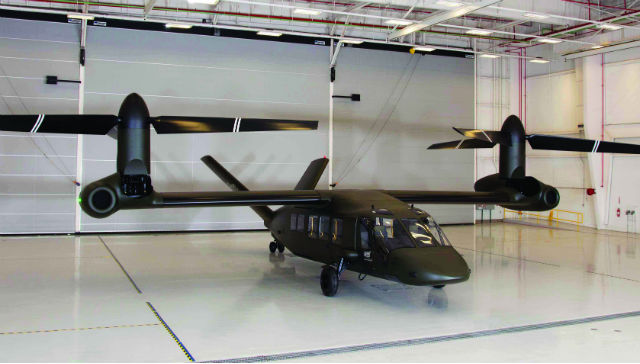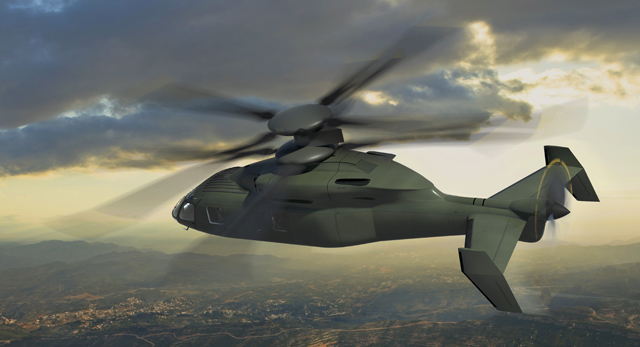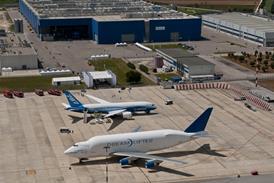Bell Helicopter and a Sikorsky/Boeing team will each build flying prototypes for a US Army programme that aims to demonstrate a new generation of high-speed rotorcraft.
The army selected Bell’s V-280 Valor optimum speed tiltrotor (pictured below) and the Sikorsky-Boeing concept for a compound coaxial rotor called the SB-1. Both aircraft are planned to fly for three years starting in fiscal 2017.

The selection means that start-up companies AVX Corp and Karem Aircraft will have to find ways to finance continued development. Other companies, such as Airbus Helicopters, declined to participate in the joint multirole – technology demonstrator (JMR-TD) programme.
The army still plans to hold an open competition in the next decade for the future vertical lift (FVL) programme, which aims to replace all of the army’s helicopters with high-speed rotorcraft.
The JMR-TD winners, however, will receive tens of millions of dollars each from the army to develop and demonstrate their prototype aircraft. The selected companies also have pledged to at least match the government’s investment with internal funding.
For Bell, the V-280 also represents an opportunity to build on the V-22 Osprey programme with what it calls the third-generation of tiltrotor technology, including the original XV-15 prototype first flown in the 1980s.
“We remain focused on providing exceptional capabilities and flexibility in an advanced aircraft with reduced weight, complexity and cost,” Bell says in a statement.
Sikorsky and Boeing, meanwhile, are leveraging the former’s investment in compound, coaxial rotor technology with the SB-1 (pictured below). Sikorsky has already tested and retired the X2 proof-of-concept vehicle, as well as launched the S-97 Raider programme. The SB-1 will further scale up the technology, using Honeywell T55 turbofan engines to power the aircraft for the demonstration.

JMR-TD phase 1 is a three-year programme focused on demonstrating the feasibility of high-speed rotorcraft technologies. A second phase is scheduled to begin in Fiscal 2020 demonstrate mission software in a laboratory environment.
The FVL programme is not expected to field a new aircraft until after 2030. At the same time, the army faces fiscal pressures to modernise and sustain the current fleet. It is retiring hundreds of Bell OH-58D Kiowa Warrior helicopters next year, off-loading the armed scout mission onto the Boeing AH-64E Apaches teamed with unmanned aircraft.
Source: FlightGlobal.com























